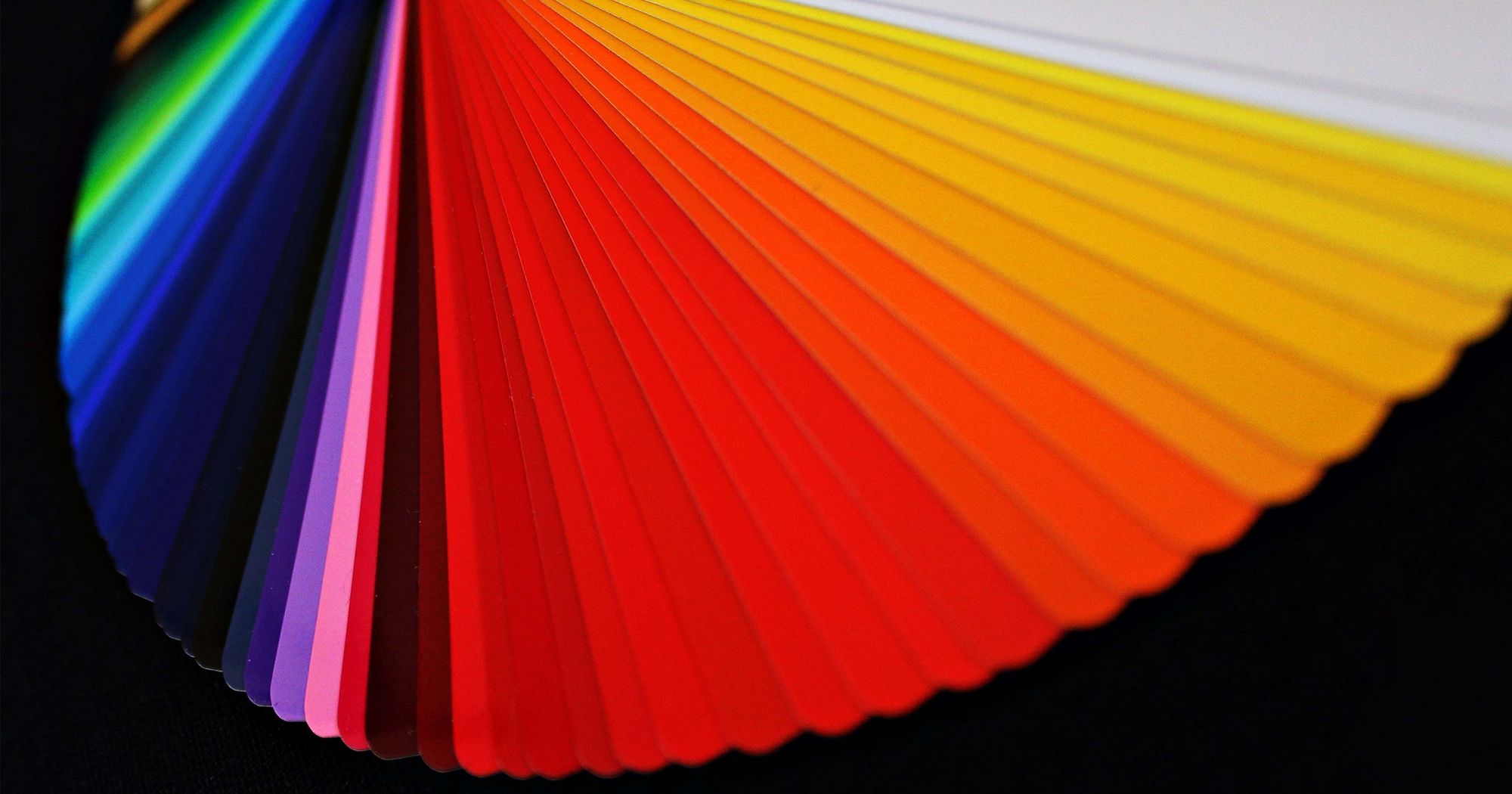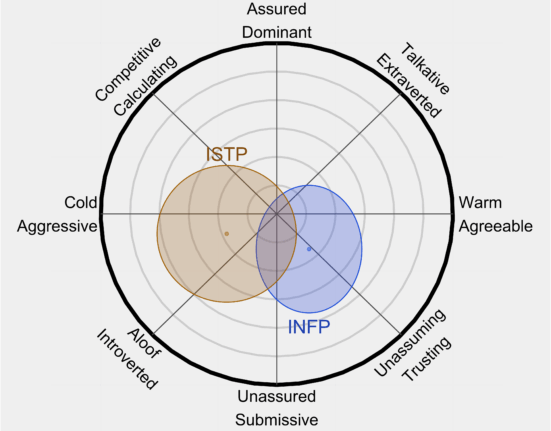Have you ever gazed up at the moon and wondered, “What color is moonlight?” It’s a question that has intrigued minds for centuries. Let’s embark on a journey to unravel the mysteries behind the mesmerizing hues that adorn our nighttime sky.
The Science Behind Moonlit Marvels
To understand the true color of moonlight, we must first grasp its origin. Contrary to popular belief, the moon itself is not a luminous entity; it merely reflects sunlight back to Earth. This reflected light is predominantly white in nature, giving the moon its characteristic grayish-white appearance.
Christine Shupla, a science engagement manager at the Lunar and Planetary Institute, sheds light on the lunar landscape. “The moon is primarily composed of anorthosite, a light-gray rock with pockets of basalt,” she explains. This diversity in rock types influences how the moon interacts with sunlight and, consequently, how it appears from our vantage point on Earth.
The Colorful Symphony of Moonlight
While white light serves as the baseline for moonlit radiance, various factors can imbue it with different colors and tones. Evelyn Hesse, an atmospheric optics researcher at the University of Hertfordshire, delves into how our atmosphere plays a role in this celestial spectacle.
As moonlight traverses through Earth’s atmosphere, interactions with molecules like oxygen and nitrogen cause scattering phenomena. The scattering of blue light waves—known as Rayleigh scattering—can give rise to enchanting visual transformations. Picture an orange-hued moon hanging low on the horizon; this captivating sight emerges from atmospheric alchemy at play.
The Artistry of Lunar Eclipses
During rare events like blood moons or lunar eclipses, celestial theatrics reach new heights. Shupla elucidates how these phenomena unfold. “When Earth’s shadow blankets the moon during an eclipse, only select wavelengths manage to pierce through our atmosphere,” she elaborates. The result? A breathtaking display where oranges and reds dominate while blues take a back seat.
Moreover, earthly elements such as high clouds, pollution particles, or volcanic ash can further tweak the palette of moonlight. Imagine witnessing a mystical blue-tinged orb in the aftermath of volcanic eruptions—a surreal yet scientifically grounded spectacle indeed.
Unveiling Lunar Legends
Beyond scientific explanations lie tales woven around lunar lore. Have you heard about honey moons or blue moons? These whimsical terms find their origins in unique lunar occurrences that capture human imagination.
Shupla shares insights into these colorful monikers: “June’s honey-colored full moons lend themselves to romantic notions often associated with weddings.” As for blue moons—whether defined by calendar quirks or ancient traditions—they rarely manifest as their name suggests but instead offer a silvery glow against night skies.
A Kaleidoscope of Moonlit Wonders
Moonlight isn’t static; it possesses dynamic qualities that dazzle observers worldwide. Refraction phenomena near horizons can create transient marvels like lunar green flashes or rainbow halos encircling our celestial neighbor—a delightful interplay between physics and beauty.
In essence, assigning a single color to moonlight proves elusive amidst its ever-shifting hues and forms. Victoria Atkinson encapsulates this ephemeral essence aptly: “I would say it’s ephemeral!” Indeed, each night brings forth a fresh canvas painted by luminous beams from afar.
So next time you bask in lunar luminescence under star-studded skies,
immerse yourself in this nocturnal symphony where science meets enchantment.









Leave feedback about this